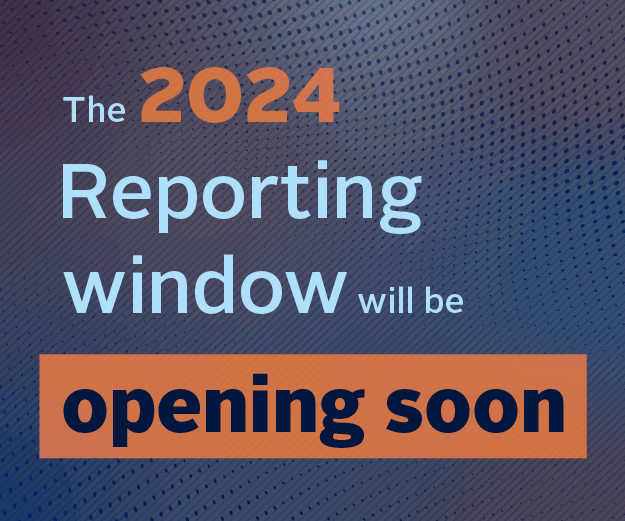The Fixed income investor guide summarises the unique characteristics of fixed income with its various subcategories of issuers and instruments. It helps to explain why fixed income investors should take a bottom-up approach to RI while borrowing from the experiences of other asset classes, such as listed equities.
Demand for responsible investment in fixed income
Motivations for applying RI in fixed income vary from pursuing financial value through the management of risks and opportunities to ethical motivations and reputational concerns. For PRI signatories, it is generally a combination of all three.
| DRIVER | ASSET OWNER (INDIRECT INVESTOR) ACTIONS | INVESTMENT MANAGER (DIRECT INVESTOR) ACTIONS |
|---|---|---|
| Financial value: Improving risk managment and long-term investment outcomes | ||
|
|
|
| Institutional drivers | ||
|
|
|
| Social values | ||
|
|
|
“Our objective in the ESG integration process is to uncover non-traditional opportunities and risks that are embedded in companies that we believe exhibit outlier characteristics.”
Kim Nguyen-Taylor, Calvert Investments
Applying responsible investment in fixed income
Each asset class has unique characteristics that require different approaches to stock-specific analysis and the overall management of portfolios. Investors should tailor their RI approach to meet the requirements of each asset class.
While there is some recognisable crossover between RI as it relates to equities and corporate bonds, there are also technical and cultural differences in the way these asset classes are managed. As a result, fixed income investors are rapidly making RI their own.
| CHARACTERISTICS OF FIXED INCOME | RESPONSIBLE INVESTMENT ACTIONS |
|---|---|
| Potential downside outweighs potential upside – focus is on risk, low volatility and preservation of capital more than on growth opportunities. | Focus on the contribution of ESG factors to financial downside – in particular, significant event risks and systemic risks that can affect issuer creditworthiness. Most prominent of these should be governance. |
| Lenders have a contractual relationship with borrowers; they are not owners. Debt holders don’t vote at AGMs, and access to management can be relatively infrequent. | To manage risk, use any opportunity to engage issuers on ESG factors of concern (e.g., in run-up to issuance). Collaborate with other bondholders for more effective engagement. Vote on governance concerns during debt restructurings. |
| Multi-layered analysis (e.g., yield spread and yield curve analysis). | Develop robust yet streamlined processes to help analysts identify and manage ESG risks effectively |
| Multiple issuer types (e.g., corporate, government, financial sector, and supranational). | ESG analysis varies for different issuers; metrics, criteria weighting and engagement approach vary. There is no one-size-fits-all. |
| Multiple instruments (e.g., structured products and ABS). | Analyse ESG-related risks to issuer creditworthiness as well as to asset cover pools and originators. |
| Debt issued as public or private instruments. Debt issued as investment grade or high yield. | RI approach varies relative to availability of ESG information, engagement opportunities, investor influence and access to management. Private/ high-yield securities may represent higher risk but offer more opportunity for engagement and outperformance. |
| Different capital structure levels – senior, subordinated, hybrid etc. | Subordinated debt holders face financial downside before senior debt holders do, making them more sensitive to impacts from ESG risk. |
| Debt instruments have fixed durations covering different periods. | Consider whether different durations will affect the materiality of ESG to creditworthiness. (E.g., will carbon regulation impact three- and ten-year bonds the same?) |
| Private companies can issue listed/public debt. | Coverage of ESG data for private companies is relatively poor – weaker regulations on reporting for private companies. |
| Weaker issuing requirements but longer issuing periods for private placements. | Greater concentration of risk for private placements requires closer consideration of ESG risks; a longer issuing period allows for this. |
| Debt can be issued by subsidiaries and special purpose vehicles (SPV). | Consider exposure and management of ESG risks by parent company, subsidiary and originator. |
| Multiple outstanding debt securities issued by a single issuer. | Consider concentration of ESG risk related to single issuers across multiple securities. |
| Fixed income analysis can be heavily reliant on quantitative factors. | Address need for consistent and comparable ESG metrics that are easy ‘plug-ins’ for existing research models. |
| Proceeds from issuance can be earmarked for specific projects. | Fixed income is well suited to investment in specific environmental and social ‘themed’ securities or projects. |
| In the new issue market, opportunity to analyse securities between marketing and pricing is relatively short. | Fixed income investors need to play the long game, investing for long-term outcomes and being consistent in engagements. |
| Fixed income is one of the largest asset classes in terms of asset owner allocations and market size. | Develop a robust RI approach, and allocate sufficient resources relative to the importance of the asset class. |
| Fixed income sell-side research is limited relative to equities and does not typically integrate ESG. | Promote and incentivise integration of ESG analysis into fixed income research from brokers to support RI efforts by investment managers. |
“Nothing has changed fundamentally except for being given more data and a few tools to measure things better – but it is still the same job as before. This is all about understanding and managing risk.”
Dominique Kobler, BlueBay Asset Management
“We want people to understand that ESG is part of business evaluation, from a risk perspective as well as from a value perspective.”
Inka Winter, Deutsche Asset & Wealth Management
Asset owner considerations
- Define your organisation’s expectations on which RI approach managers should take in a corporate bond fund versus an emerging market fund or an index linked fund etc.
- Review manager RI policies and responses to PRI Fixed Income Reporting Module.
- Include ESG terms in investment management agreements (IMA).
- Consider ESG in fixed income manager selection, appointment and monitoring.
- Specify ESG needs in fixed income requests for proposal (RFP) and mandates.
- Pay particular attention to managers’ understanding of ESG in high-yield and emerging market debt.
- Consider ESG in asset allocation strategy in relation to asset liability management.
Sponsored by KfW and Union Investment
Downloads
Fixed income investor guide
PDF, Size 1.97 mb고정수익 투자자 가이드: 고정수익을 위한 책임투자 적용
PDF, Size 1.94 mbLeitfaden für fixed-income-investoren: Verantwortliches investieren in der praxis: Festverzinsliche wertpapiere
PDF, Size 2.53 mb固定收益投资者指南: 在固定收益投资领域践行责任型投资
PDF, Size 2.55 mbPRI_Guía del pripara inversores en renta fija
PDF, Size 2.87 mb
Fixed income investor guide
- 1
Currently reading
Introduction
- 2
- 3
- 4
- 5
- 6
- 7
- 8
- 9


















